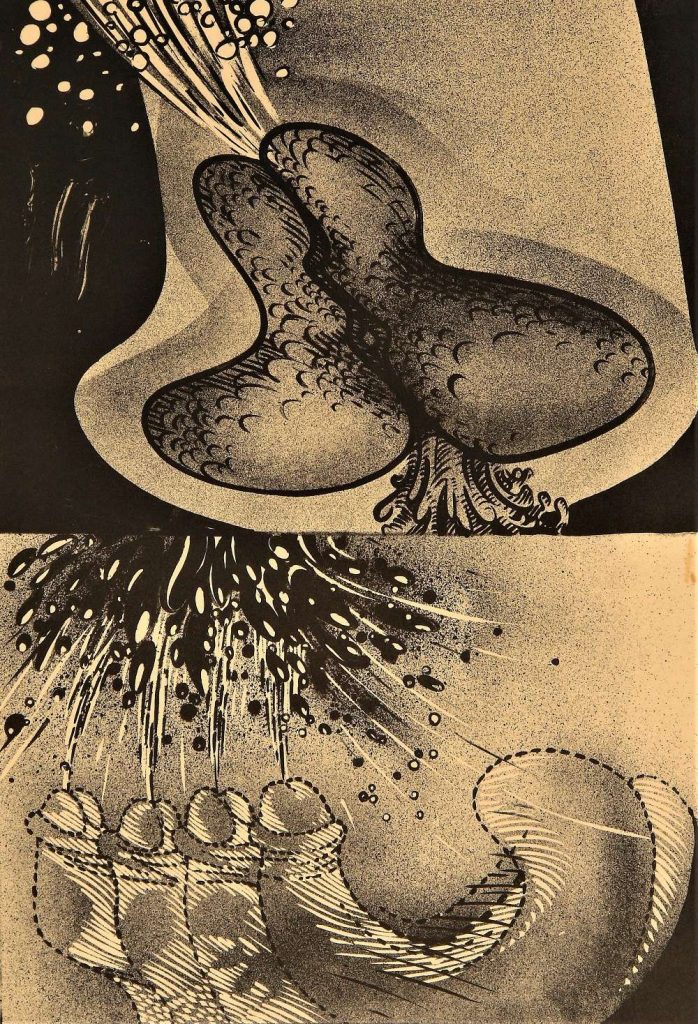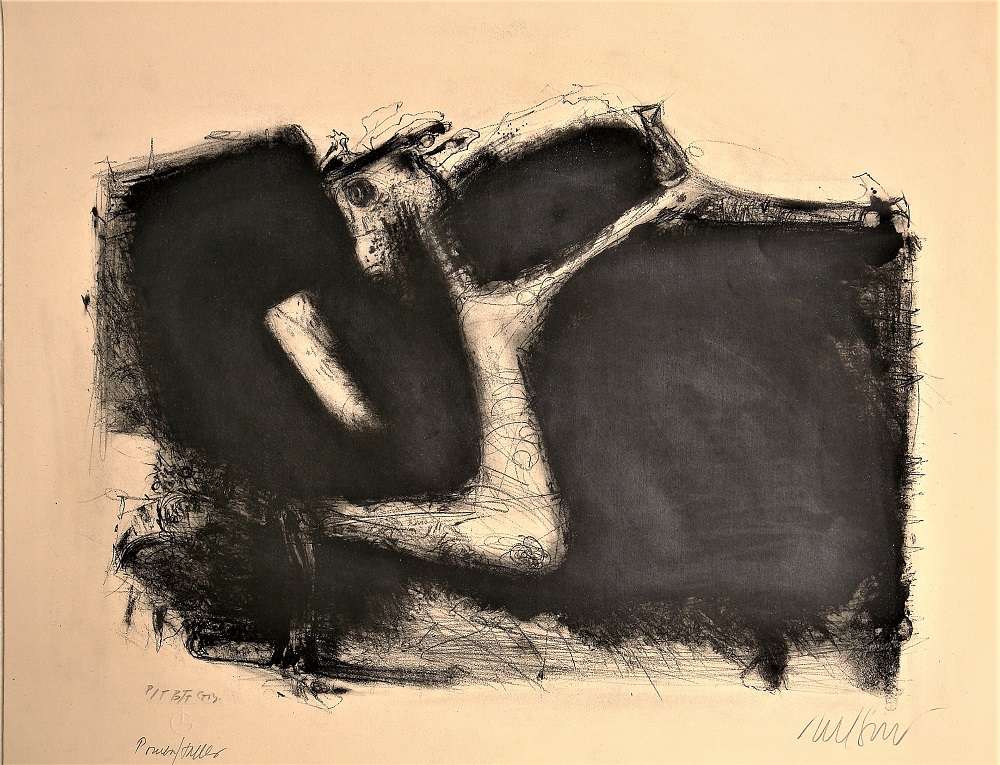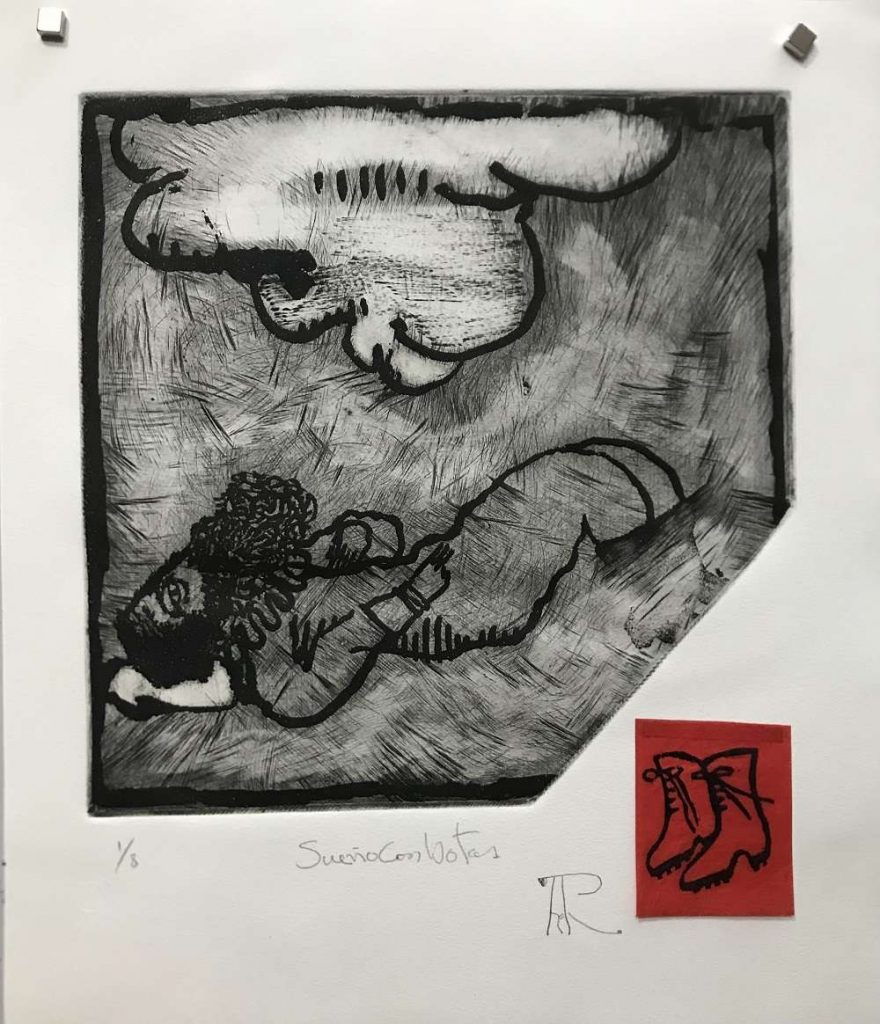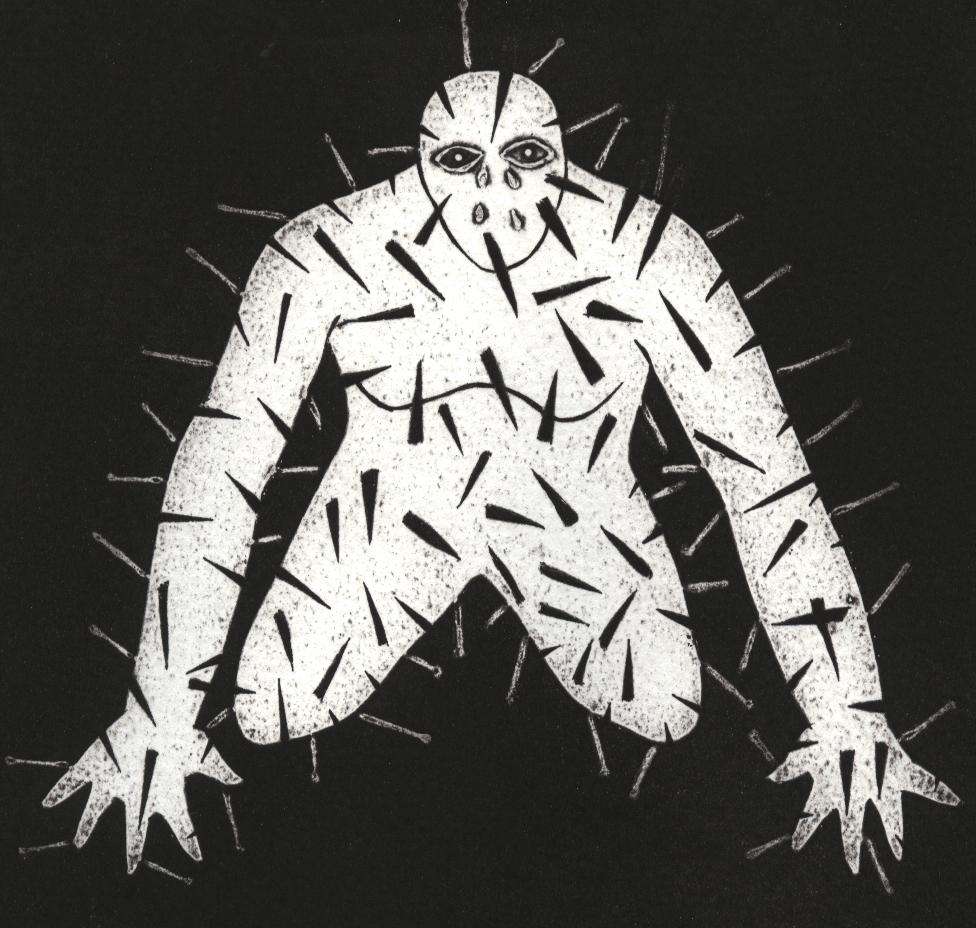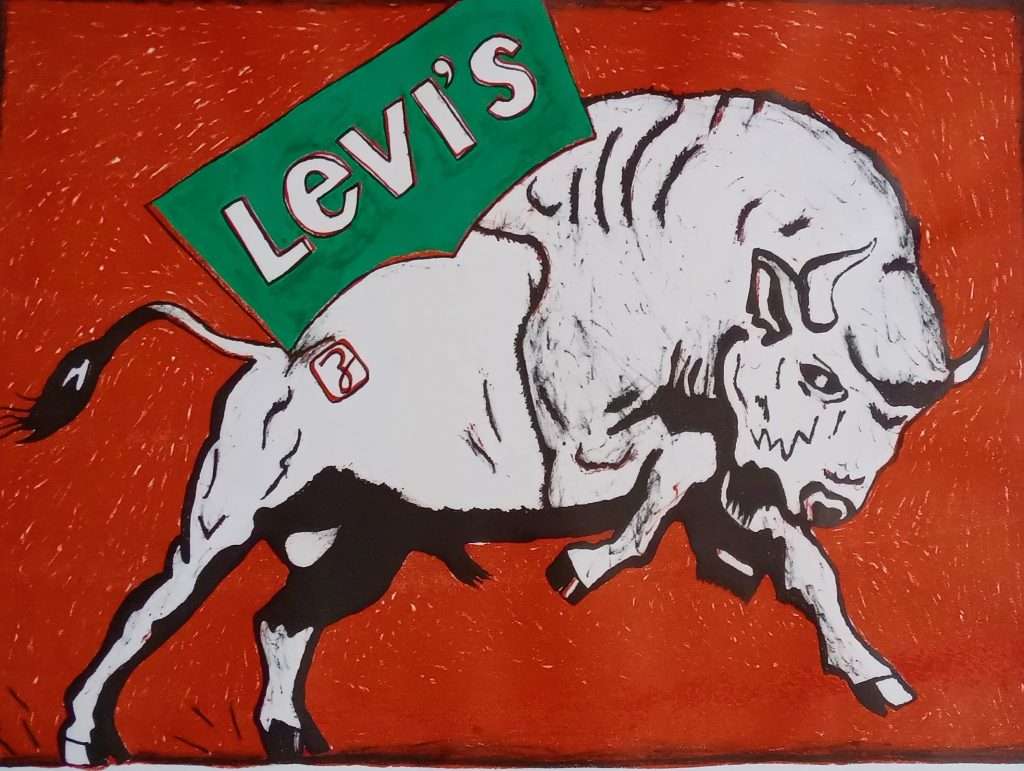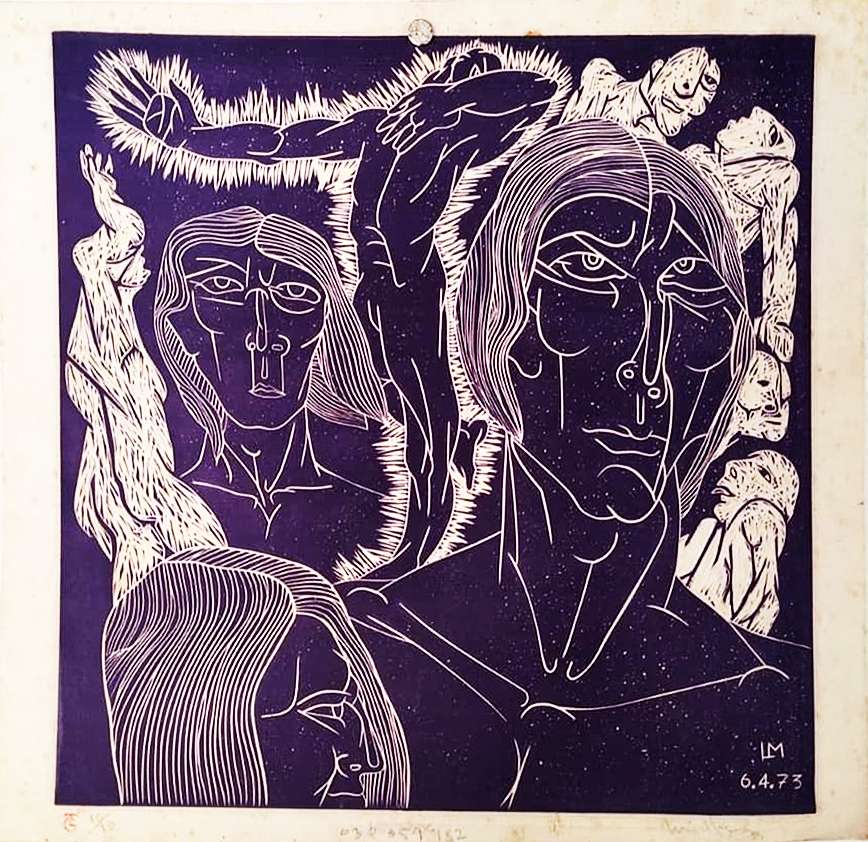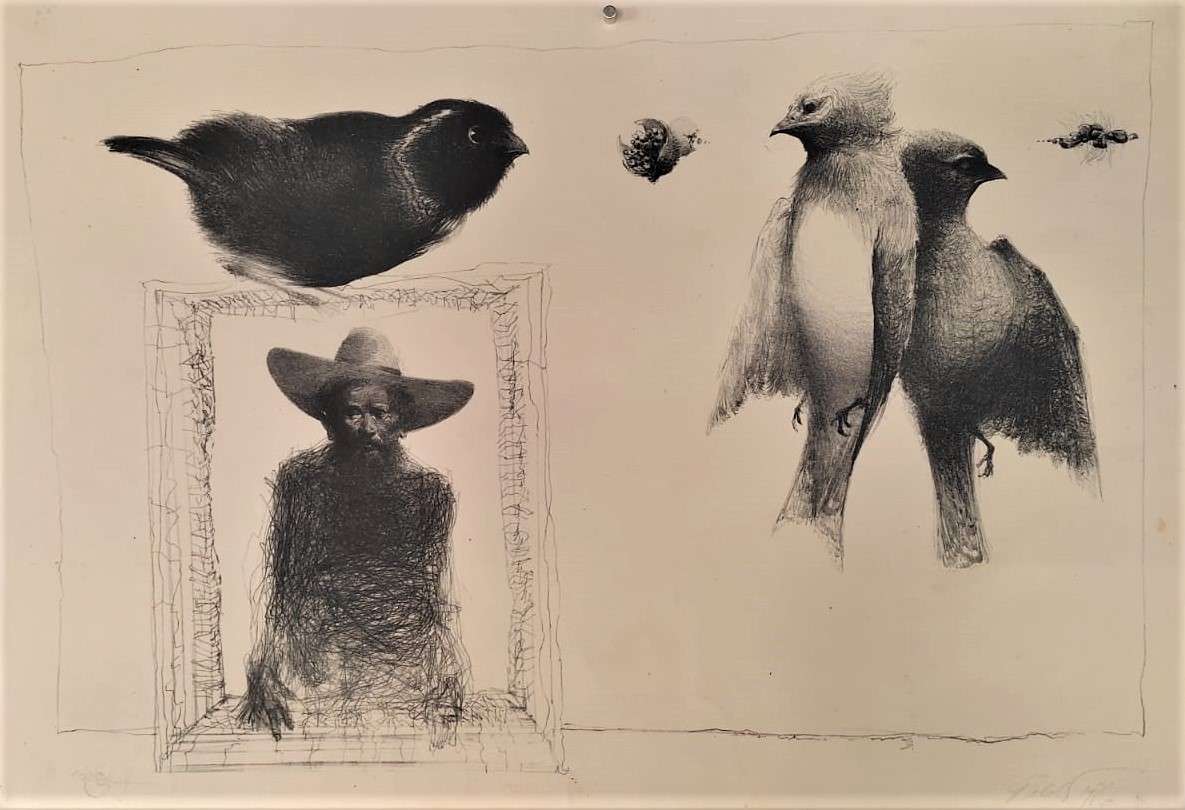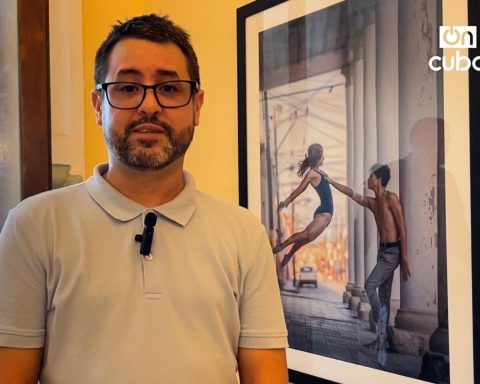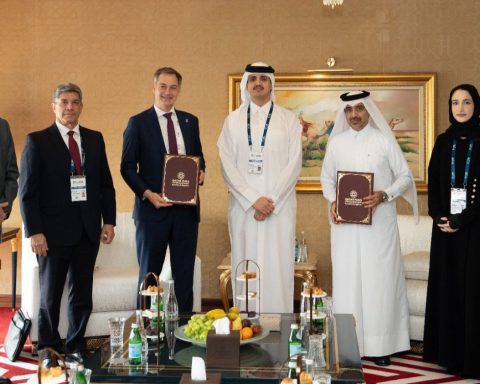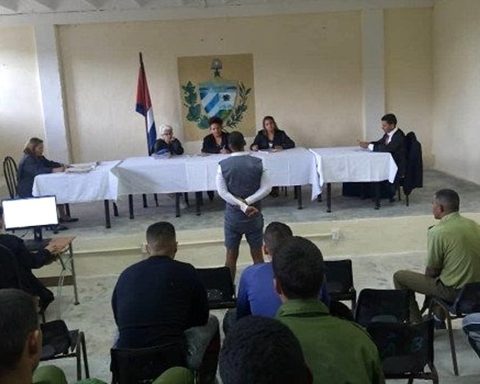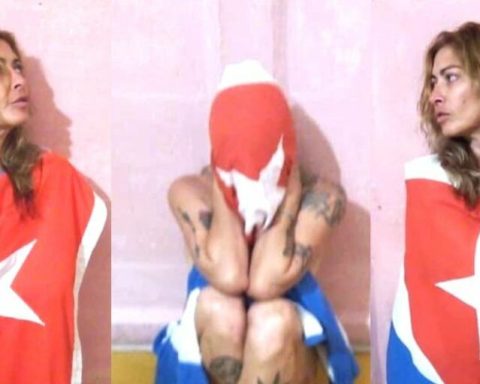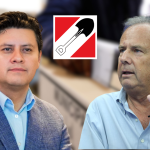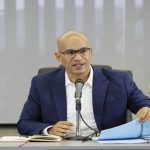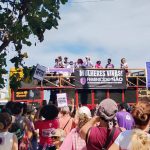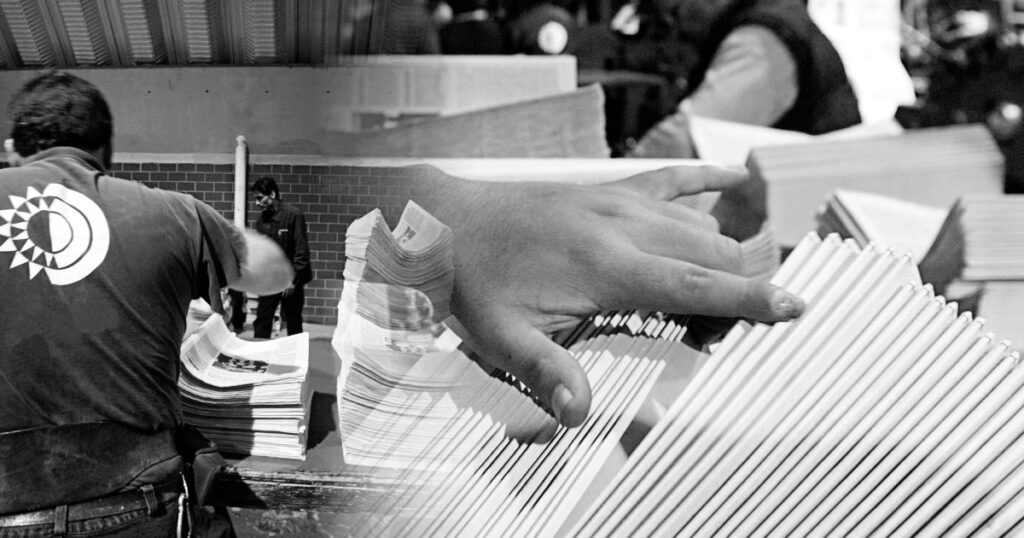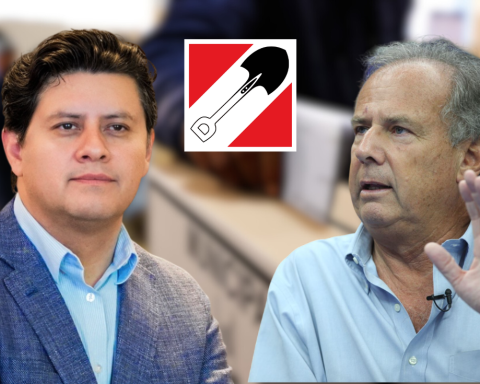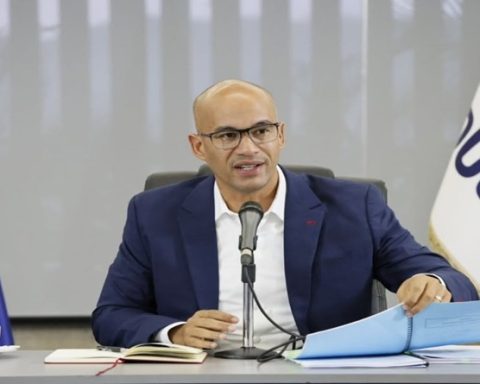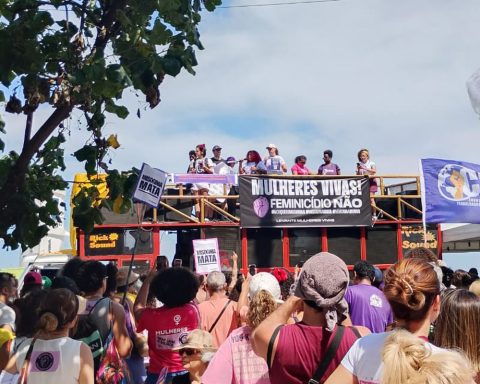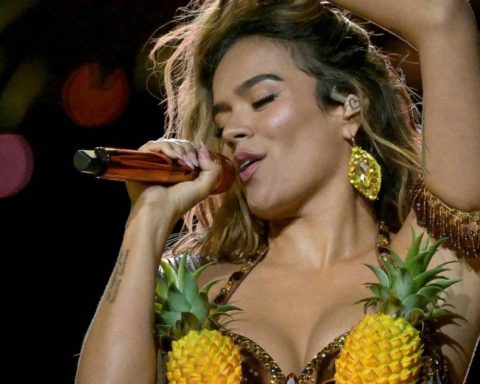As part of the celebrations for the 60th anniversary of the inauguration of the Experimental Graphics Workshop in Havana, on November 24, the Brest campus of the University of Western Brittany (UBO), France, opened the exhibition Dissonances, margins, fissures, which brings together works by 67 Cuban artists related to that important institution. The curatorship was in charge of Yamilys Brito Jorge, current director of the TEGH, and Pablo Quert, a Cuban graphic artist based in Europe.
The pieces, exhibited in the Les Abords exhibition center, of the Faculty of Humanities, are mostly workshop tests and were made at different times, with techniques ranging from lithography to dissimilar procedures on metal plates. Signatures such as Alfredo Sosabravo, Umberto Peña, Luis Miguel Valdés, Belkis Ayón, Roberto Fabelo, Nelson Domínguez, Luis Cabrera, Ángel Ramírez, Agustín Rolando Rojas, Rafael Zarza and Gilberto Frómeta stand out among many others that can be cited.
Once the commitment with the UBO is concluded, Dissonances, margins, fissures will begin touring the north of France for six months. Openings have been confirmed in Paris and Toulouse.
The Experimental Graphics Workshop of Havana was founded on July 30, 1962 in the Plaza de la Catedral, in a small place that shared a portal with the Palace of the Count of Lombillo. Its first director was the muralist Orlando Suárez, and from the beginning it had a clear artistic orientation. Its presses and stones came from the Cuban Lithographic Company, a commercial entity that was in charge of printing the qualifications, tostones and labels for the tobacco industry.
With the rapid incorporation of students and teachers from art schools, the TEGH began an experimental activity on the rise. In addition to lithography, xylographic, linographic and metal matrix engravings began to be printed. From being a discipline with an ancillary character, aimed above all at commercial activities, engraving over time became an artistic discipline with its own hierarchy, and came to become the center of the creative work of not a few outstanding Cuban artists, such as the cases of Eduardo Roca (Choco) and Belkis Ayón.
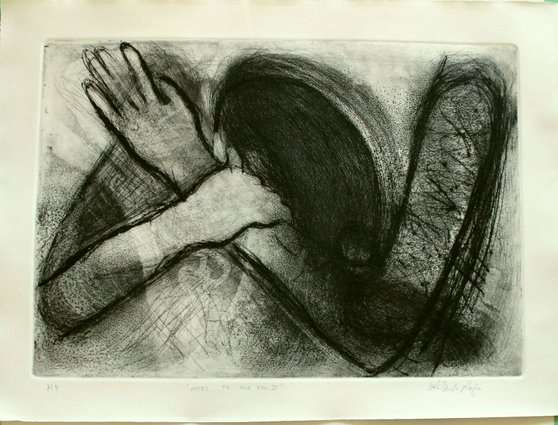
In the 1990s, and due to the growing momentum of membership, the workshop moved to its current headquarters, an old merchandise warehouse located at Callejón del Chorro No. 62, next to the Plaza de la Catedral. So far there have been nine directors. They are, in chronological order, Orlando Suárez, José “Pepe” Contino, José Gómez Fresquet (Frémez), Rafael Paneca, José Omar Torres, Raimundo Respall, Luis Lara, Octavio Irving and Yamilys Brito.
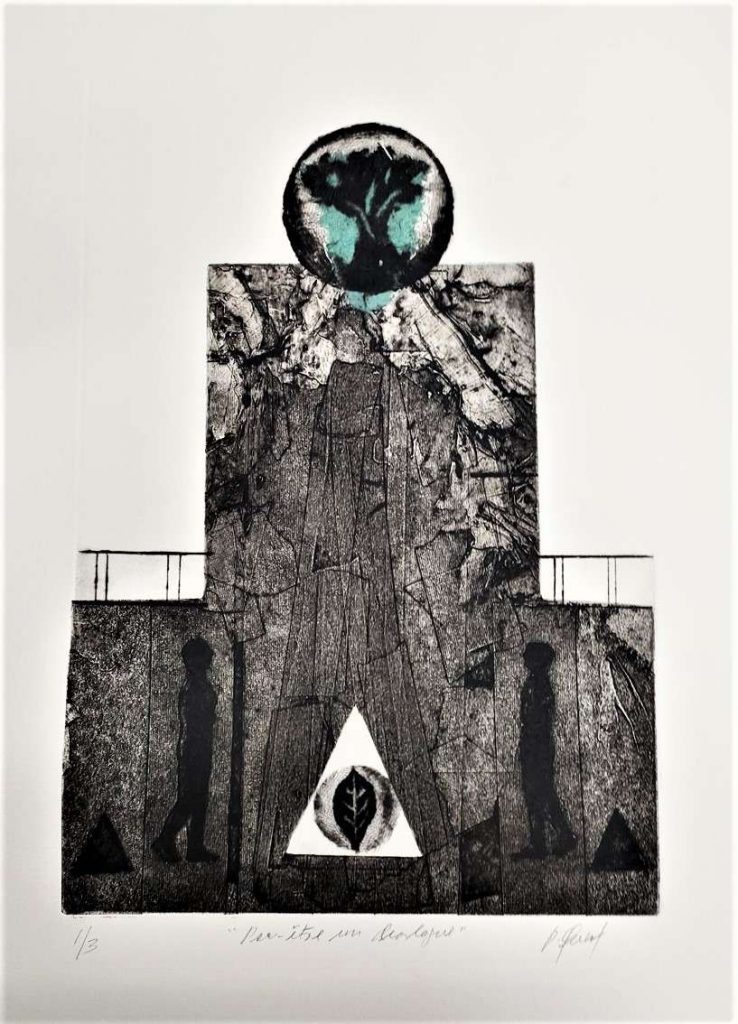
To a large extent, the rise of engraving in Cuba in the last six decades is linked to the eternal material shortages that the country has suffered in all aspects. Prevented from obtaining canvas, oil, acrylic paint and other essential inputs for plastic creation, many artists turned to the production of serialized originals, since for this they only need a matrix, often recyclable, paper and some inks. One of the many Creole ways of making virtue of necessity.
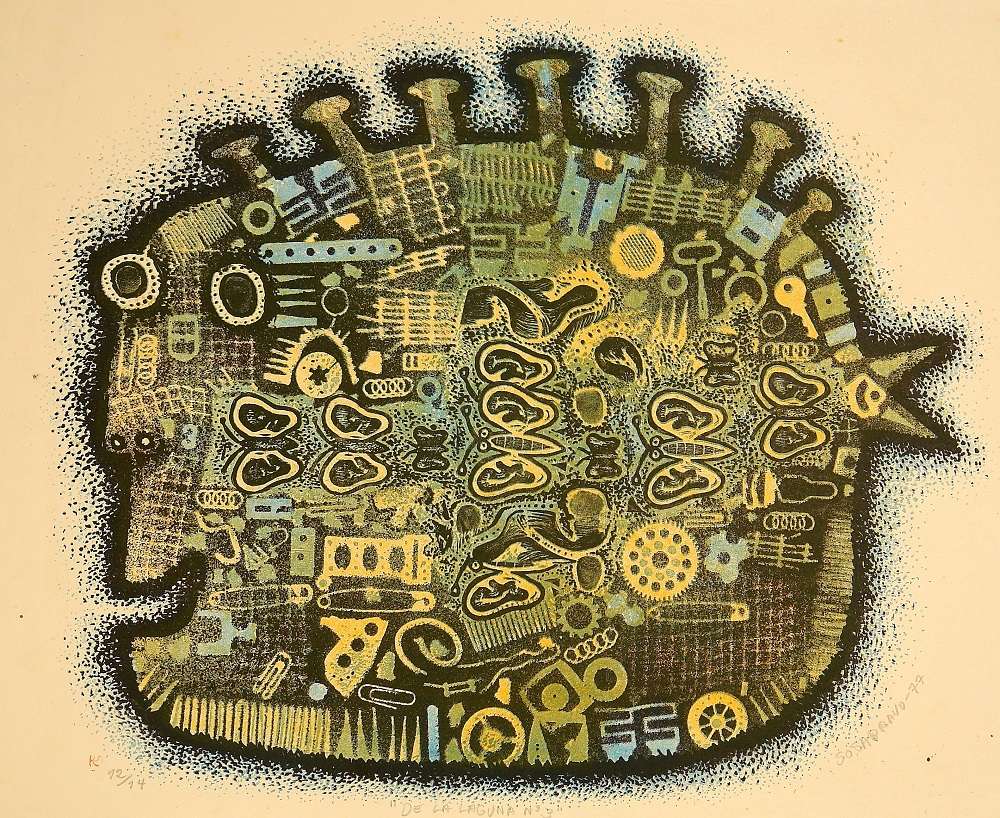
An important precedent in the history of graphics in the country was the foundation, in 1949, of the Association of Engravers of Cuba, which counted among its initiators Carmelo González and Ana Rosa Gutiérrez, two determined promoters of the discipline since 1959. Before, In colonial times, engraving was in the hands of foreign artists residing on the island, such as Laplante (the 33 lithographs that make up the book Los ingenios de Cuba, 1857, a bibliographic treasure), Garneray (“View of the old square of Havana ”), Mialhe (“Valla de gallos”, “Church of Guanabacoa”) and Landaluze, a Basque who became our first costumbrista artist, by incorporating popular types and manners into the national iconography.
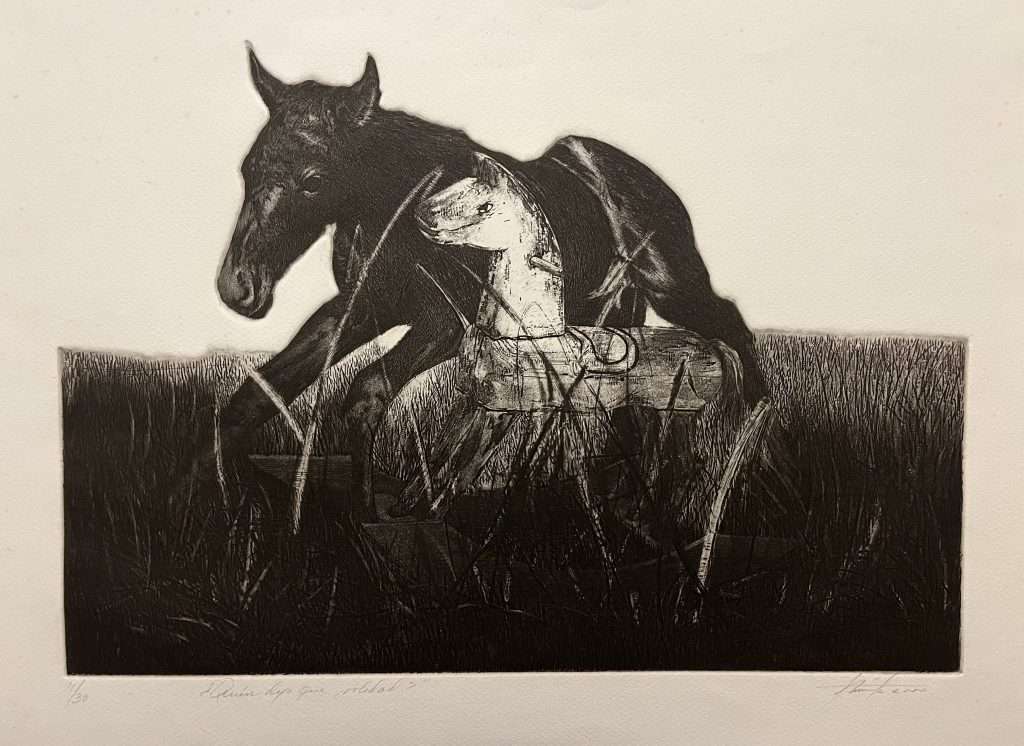
The Experimental Graphics Workshop of Havana is one of the most internationally prestigious Cuban artistic institutions. To her creative work is added the teacher, a gallery to show the work of members and a store where the works produced there are sold.
During this past year, there have been several promotional actions associated with the 60th anniversary of the workshop. Exhibitions in Ourense, Barcelona, Oviedo and New York focused on the collective work of the TEGH, varied in subject matter, technically daring and testimony to the many aesthetic currents through which our most outstanding visual artists have passed. Long live the Experimental Graphics Workshop of Havana.
